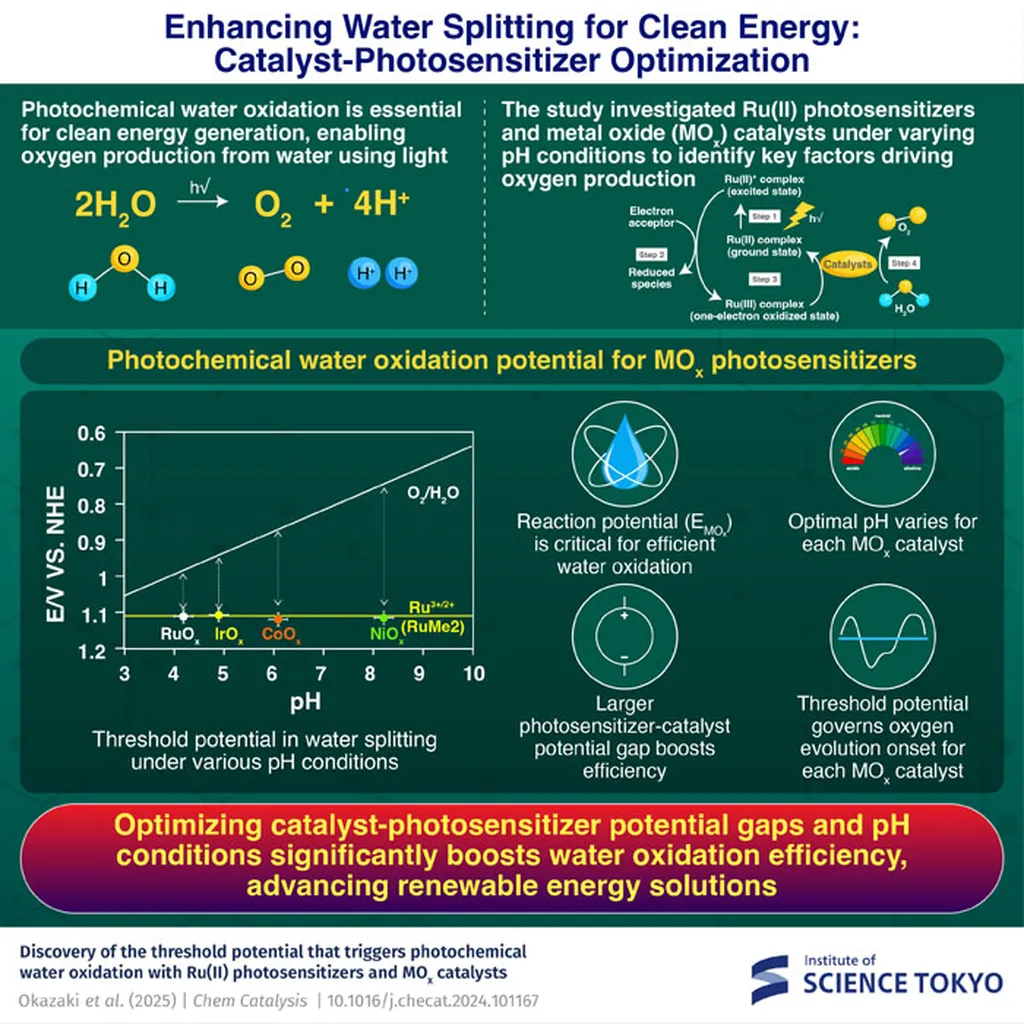In the quest for cleaner water and more efficient energy solutions, a team of researchers from the Solar Cell Applications Research Lab at Government College University Lahore has made a significant stride. Led by Afsah Mobeen Haider, the team has developed a novel nanocatalyst that promises to revolutionize water treatment and potentially impact the energy sector.
The nanocatalyst, a ternary combination of silver nanowires (Ag NWs), porous graphene (PG), and molybdenum telluride (MoTe2), was synthesized using a controlled co-precipitation method. The primary goal? To disinfect contaminated water by degrading rhodamine B (RhB), a common water pollutant. The results, published in the journal ‘Applied Surface Science Advances’ (translated as ‘Advances in Surface Science Applications’), are promising.
The team found that a constant 3% of PG improved charge transport, while 2 and 4 wt.% of Ag NWs effectively regulated MoTe2 growth and recombination dynamics. This synergy led to a remarkable 97.28% RhB degradation under acidic conditions. “The improved charge separation in our nanocatalyst is a game-changer,” Haider explained. “It’s a significant step forward in the field of catalytic dye degradation.”
The implications for the energy sector are substantial. The same principles that make this nanocatalyst effective in water treatment could be applied to enhance the efficiency of solar cells and other energy storage devices. The increased bandgap energy, from 1.92 to 2.17 eV, suggests that the nanocatalyst could potentially improve the performance of solar cells by enhancing their ability to absorb light and convert it into energy.
Moreover, the use of Density Functional Theory (DFT) calculations to model and compute the interaction mechanism among RhB and Ag NWs/PG-MoTe2 during adsorption provides a deeper understanding of the nanocatalyst’s behavior. This insight could pave the way for the development of more efficient and cost-effective energy solutions.
As the world grapples with the challenges of climate change and environmental pollution, research like this offers a beacon of hope. It’s a testament to the power of innovation and the potential of nanotechnology to shape a cleaner, more sustainable future. “Our work is just the beginning,” Haider noted. “We’re excited about the possibilities and the potential impact on both the water treatment and energy sectors.”
This research not only advances our understanding of nanocatalysts but also opens up new avenues for exploration. It’s a reminder that the pursuit of scientific knowledge is not just about making discoveries; it’s about making a difference. And in the case of Haider’s team, they’re well on their way to doing just that.

